As enterprises evolve to adopt new working paradigms, new ways of communicating and collaborating have been necessary to keep pace with the world of social media.
Enterprise social networking (ESN) enables teams and team environments to stay competitive and collaborative while remaining relevant in today’s socially-connected life.
Enterprise social network brings the power of social networks into the workplace — while at the same time increasing business value through collaboration and communication.
Here’s what we’ll cover:
- How do enterprise social networks work?
- What business value and impact do enterprise social networks bring to businesses?
- Typical use cases
- The elements and features
- Emerging trends and a look to the future
- Best practices and keys to success
How “enterprise social network” works
Enterprise social networking enables employers, employees, business partners, and even customers to plug into “conversations” either through status updates, commenting, or simply following up on activity streams. These platforms, such as internal communications software, can be used for real-time collaboration where users can post and follow up on progress reports, chats, and group contributions on projects.
Communication on enterprise social networks can be both vertical and horizontal
A business partner can initiate a conversation and allow others to contribute their opinions and content and add to the value of the topic under discussion. It can also be horizontal where users contribute and expand on the topic and let others engage horizontally as well on what each user has to say.
Enterprise social networks can also include spaces where employees and partners can create a knowledge base in the form of wikis and create blog posts in their areas of expertise. Users can even invite specific individuals or groups to contribute and share in the discussion when necessary. Users can stay updated via the activity stream and follow specific conversation streams.
Similar to public social networks, users can also usually create and manage task lists and to-do’s, update their calendars, follow friends, “like” and share content, as well as receive notifications when things happen that are most important to them.
What are the business impact and value of enterprise social networks?
Social tools have always been known to encourage and promote sharing.
In enterprises, within departments, and among teams, an enterprise social network can have a far greater impact on efficiency and job satisfaction than the more traditional email approach. By using a robust set of knowledge management tools, almost anyone within the enterprise can become a content creator and distributor, so knowledge sharing becomes part of the company culture, enabling it to capture valuable expertise from within and share it with less experienced employees.
Ongoing product development and innovation are key to keeping a business afloat. However, it is not always easy – and cheap – to keep innovating and still produce a great product or service.
Customer insights into how a product should “look” or “function” are key to keep on building great products — and enterprise social networks are positioned to collect this kind of data. Such networks can plug into social media tactics and other connected customer endpoints to monitor brand conversations, both from within and beyond the company walls. Collecting such data using more formal research methods, such as focus groups, would prove too expensive for most enterprises and may not always be accurate.
The ultimate value of enterprise social networking tools lies in communication.
Businesses now have a light-touch manner of communicating, which is typical of social media. This direct communication enables a richer and more natural dialogue that has a long-lasting effect. Communication within an enterprise is also enhanced as it offers a much better way of disseminating information, best practices, expertise, and other valuable company information at a faster rate. It is even possible to post questions for further clarification on matters or to introduce an idea not covered—all imperative benefits of leveraging enterprise social networks to improve communication in the workplace.
Use cases of enterprise social networking
We would be right to say that businesses are just only beginning to understand the value of enterprise social networking technologies to create value. The potential to improve communication, collaboration, and knowledge sharing is largely untapped in many organizations.
Below are just a handful of examples of the typical use cases for enterprise social networking software.
Team collaboration on projects
Whether you are coordinating a product launch, preparing a prospect presentation, or finalizing a report that needs to be presented to management in a few days, enterprise team collaboration software can help you get all this done. With ESN, it is easy to collaborate with colleagues and direct conversations around specific topics.
This is especially the case when you are working on a short-term project and you need expert input from colleagues. Simply “invite” them into a “space” and brainstorm ideas together.
Internal communications
Since ESN encourages and thrives on informal conversations, it is great for building relationships among large groups of people. This may be the case where your workforce needs to be integrated after a merger or acquisition, when you need to execute and communicate change, or where corporate policies need to be clarified. It offers a strategic opportunity and atmosphere when you need to introduce new personnel to the team as well.
Social customer service and extranets
When launching a product or service or conducting research, it may be necessary to collaborate with an external team. Such shared projects require a controlled environment, like extranet software with enterprise social networking capabilities, in order to monitor and offer direction, and avoid trading or leakage of company secrets. Typical use cases can be while working with PR firms and contractors.
Enterprise social network offers a collaborative space that is controlled while offering enough flexibility to get the job done. Teams can share ideas, transfer files, and interact in real time. Flexibility can be scaled based on needs and requirements and when the project is complete, such spaces can be archived and used as knowledge bases for similar projects.
Customer support can also be implemented on ESNs. Customer care representatives can use the internal network to leverage knowledge, while the public-facing part of the ESN can be used to offer support from the inside. Since only one system is used across, both within and beyond, there are no steep learning curves and users will feel more comfortable offering support. Some systems can even integrate with ticketing and advanced customer care systems, which further improve efficiency and speed.
Community
By creating branded spaces where people linked by common interests and responsibilities can discuss and share knowledge, organizations can create more value from within by increasing efficiency and faster time-to-market by tapping this tribal knowledge.
Communities also create a sense of belonging where employees can gather and build relationships. These relationship-building spaces eventually translate to lower employee disengagement and turnover while increasing job morale, which means employees are more productive and happier.
Ideation, crowdsourcing, and innovation
Social collaboration spaces have the power of bringing large groups of people without pre-existing common interests and roles together. When these groups of people come together, their collective intelligence can be used to create better products and services, improve existing processes, and, sometimes, introduce entirely new products and service offerings. Enterprise social networks are usually the foundations of innovation and collaborative brainstorming.
The elements and capabilities of enterprise social networking
In order for any ESN offering to be of value, it needs to be packaged for use by communities, networks, and support teams. Specific online collaboration tools and functionality as they relate to usage by specific users must be embedded into the software.
People directory and profiles
Similar to a public social network, any enterprise social network needs to include a directory of users and user profiles. You should be able to view users’ names, ranks, work information, community info, and personal and business information. Users’ profiles should also include their activity stream, relationships with others, spaces they manage or participate in, and blogs or wikis they have authored.
The more you can drill down into a user’s profile, the more value you can gain. Such insight can offer you a glimpse into their expertise, their interests, and their roles within an organization.
Activity streams and notifications
Activity streams allow you to get an overview of your activity without having to go into the details. It will show you the content you have authored, your comments history, and the activities of others you are following.
Notifications, on the other hand, are alerts that the system deems might be of interest to you. These may include updates by the community manager to blogs you have written, comments on your content, assigned projects, and approvals to join collaboration spaces where this is demanded.
Groups and workspaces
These are restricted sections or spaces where specific conversations are taking place. They could require membership approval, or they may be open to anyone. Groups and workspaces are used to direct conversations and manage content development. Teams can collaborate on content creation and projects, and ideas are freely shared among members.
Content creation and discussions
In order to encourage content creation and discussions, ESNs have business communication tools, like wikis and blog sections, where users can write and publish content and let others view and post comments on it. Blogs and articles are generally rich in knowledge, and when they are well organized, they can be used to tap into employee expertise and interests without attracting attention to individual contributors.
Discovery and filtering
In order to be of benefit, any created content within workspaces needs to be searchable and having a search feature or a wiki index is essential. As ESN adoption increases within an organization, you can expect more users to contribute content, and over time, locating information can prove difficult.
By tagging and grouping content, it becomes easier to filter and discover content across the ESN. Some ESNs will even allow you to search content by author, date, or group affiliation.
Conversations and commenting
Whenever you post a blog or a wiki, readers will likely add their opinions or elaborate on an idea further. The conversations that take place within these spaces can add immensely to the value of blog posts.
By enabling commenting on authored posts, conversations can be extended beyond the article or post. Anybody following the conversation will also be updated on their activity stream whenever a comment is posted, and they can likewise contribute their opinion on the topic.
Integration capabilities
For an enterprise social network to be of real value, it needs to work with existing CRM, ERP, and other systems already in place. APIs are key in this area as they enable the ESN to scale beyond just offering a closed social system of interaction.
By integrating social software with other third-party work applications, it increases the engagement level among end users ultimately improving and increasing communication and collaboration within enterprises.
Functional day-to-day applications
Most ESN offerings include a bundled list of applications ranging from task management, calendar, file and document management, to case and ticketing, to-do lists, and chat applications. The list of what is possible with integrated applications is only growing. As a result, most organizations have replaced standalone applications like emails and gone straight to using these bundled offerings that support stronger project management.
It is even possible to customize and enable or disable some of these applications among selected users. This flexibility makes enterprise social networks appealing to small, medium-sized, and large enterprises.
Emerging trends in enterprise social networking
Public social tools and knowledge management trends are expanding, and they are changing how we collaborate and communicate. Each of these networks represents different behavior, and enterprise social tools are no different.
Changing corporate cultures
Social technologies are changing the company’s corporate culture regardless of size. CEOs are already embracing social and are able to get close to their customers, and this, in turn, increases their agility and momentum. By sharing information in different ways and using things like crowdsourcing, things are being done in a much different way.
Social technology as the new intranet
When you think about it, email locks down information. Social, on the other hand, gets such information across, which, as a result, increases collaboration and accelerates product innovation. A lot of organizations are realizing this and are spending more and more on social software to replace email. Such deployments are also being driven by employee collaboration, idea generation, and efficiency in locating people and resources.
Social technology standards come to the enterprise
Social business activities are no longer isolated. These tools are now being integrated via an activity stream where the user is always in context. We are now seeing social APIs and gadgets running within social containers and running in multiple places. All this was only available on the consumer web, but we are now seeing its employment on enterprise social tools.
Social meets mobile
As the BYOD phenomenon continues to take hold of companies, mobility in enterprise social tools is becoming trendy. The explosive mobile growth with tablets and smartphones is helping companies cut down on infrastructure and save money, in addition to making employees happier when using their devices. Access to information at any time and anywhere is trending, and employees are demanding that. Mobile apps equipped with enterprise social networking offer that immediate and flexible access.
Social technology drives business
Many stand-out organizations are encouraging employees to use social both inside and outside of their firewalls. Many businesses using web 2.0 technologies are seeing high revenues, better knowledge sharing and access, and lower costs of doing business. As employees engage with customers and business partners, they are creating massive amounts of data that they are using to increase value.
Another thing to think about is, while Web 2.0 remains prevalent, there’s a gradual shift towards Web 3.0 technologies, characterized by decentralization, blockchain, and a more semantic web. These technologies promise to give users more control over their data and are expected to influence the next evolution of the internet.
Lesson learned from the global pandemic
The COVID-19 pandemic has further accelerated the adoption and innovation of enterprise social networking due to the increased demand for effective remote working and virtual communication tools for frontline workers. The market size of global enterprise social networking was USD 2782.2 million in 2021 and is expected to reach USD 12906.28 million by 2031*. This is driven by the need for streamlined communication, inclusive corporate cultures, and the adoption of cloud-based technologies.
The rise of AI
Artificial intelligence (AI) and machine learning have become integral to Web 2.0 technologies, enhancing personalization, content recommendation, and user experience. ESNs now utilize these technologies to deliver more relevant content to users and offer businesses advanced analytics to understand customer behavior better. For example, our AI-trained bot Axero Copilot already elevates how users interact with their enterprise knowledge, from giving responses to providing the most relevant information to user inquiries.
Keys to success.
In order to be competitive, it is important to consider what is working in the social enterprise environment and see how you can implement it in your organization. Taking a creative step is also important in order to map these technologies to move to the next level.
- Set up social guidelines, business etiquette, and compliance/governance for responsible use of these social tools.
- Recruiting early adopters who are already socially active will also help in accelerating adoption.
- Socially enabling your existing solutions and investments can also dramatically increase adoption rates.
- Don’t build social as silo, but instead, bring social to the user and focus on open standards to drive enterprise innovation that leverages the rapid innovation on the public web.
Another recommendation is to design your enterprise tools with mobile in mind. Embrace and plan for BYOD, and don’t leave mobile as an afterthought.
Consider also how you can leverage big data and make sense of it using analytics. In addition, build a bridge by letting your employees become a voice for your organization and brand.
When it comes to social enterprise software, the key is to integrate it with the intranet, email and messaging, and business apps that you are currently using to streamline your business.




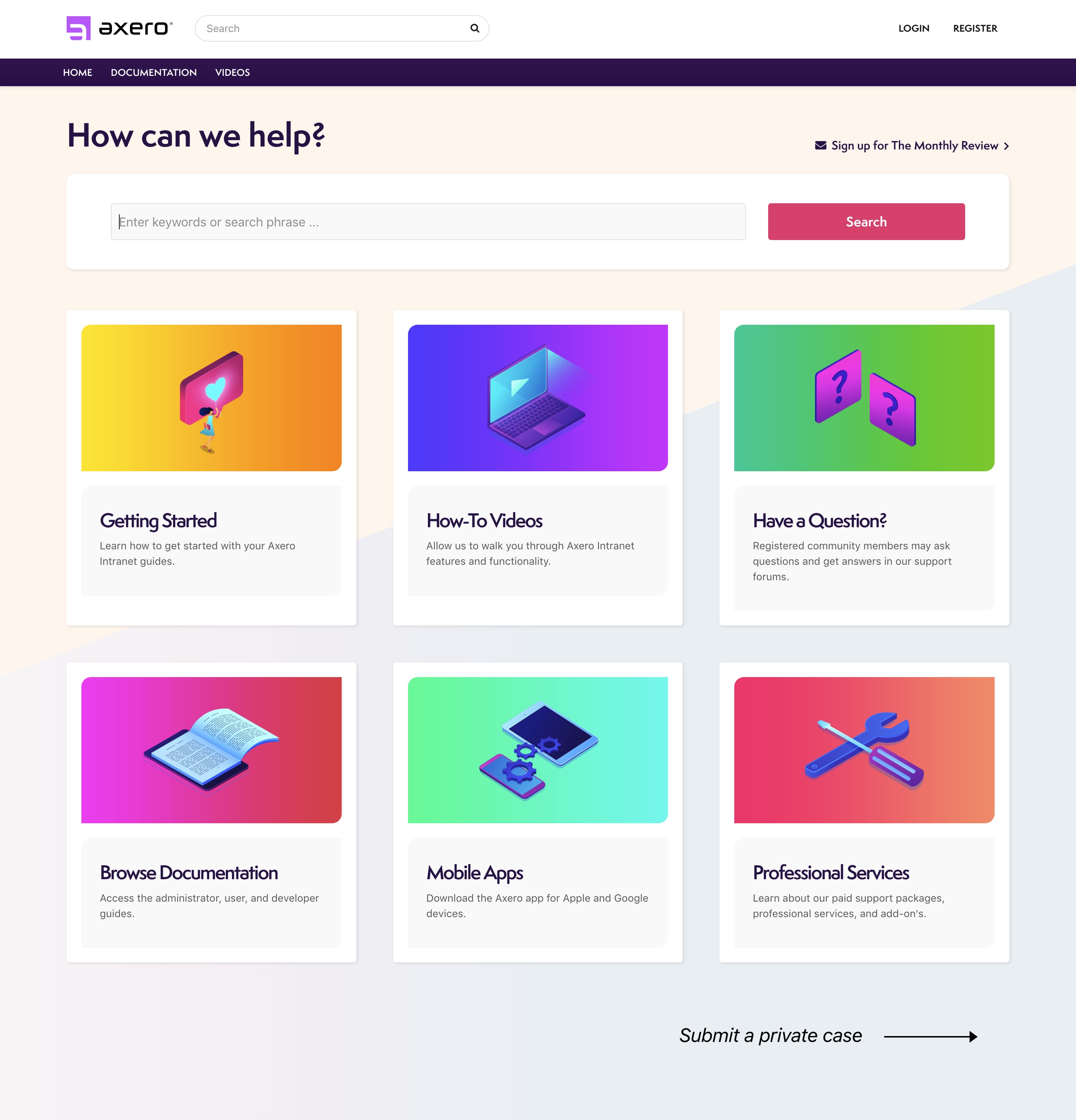
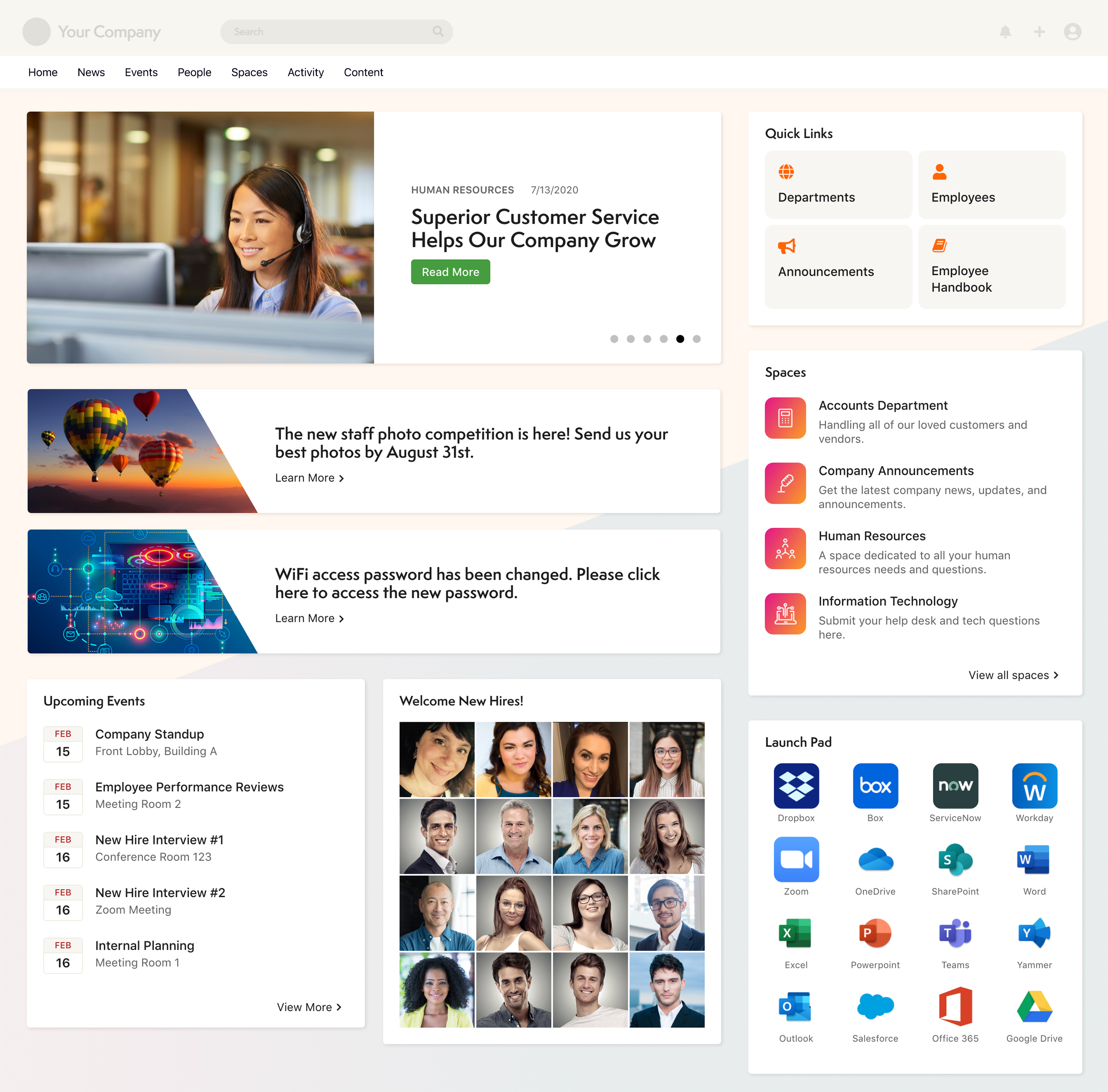




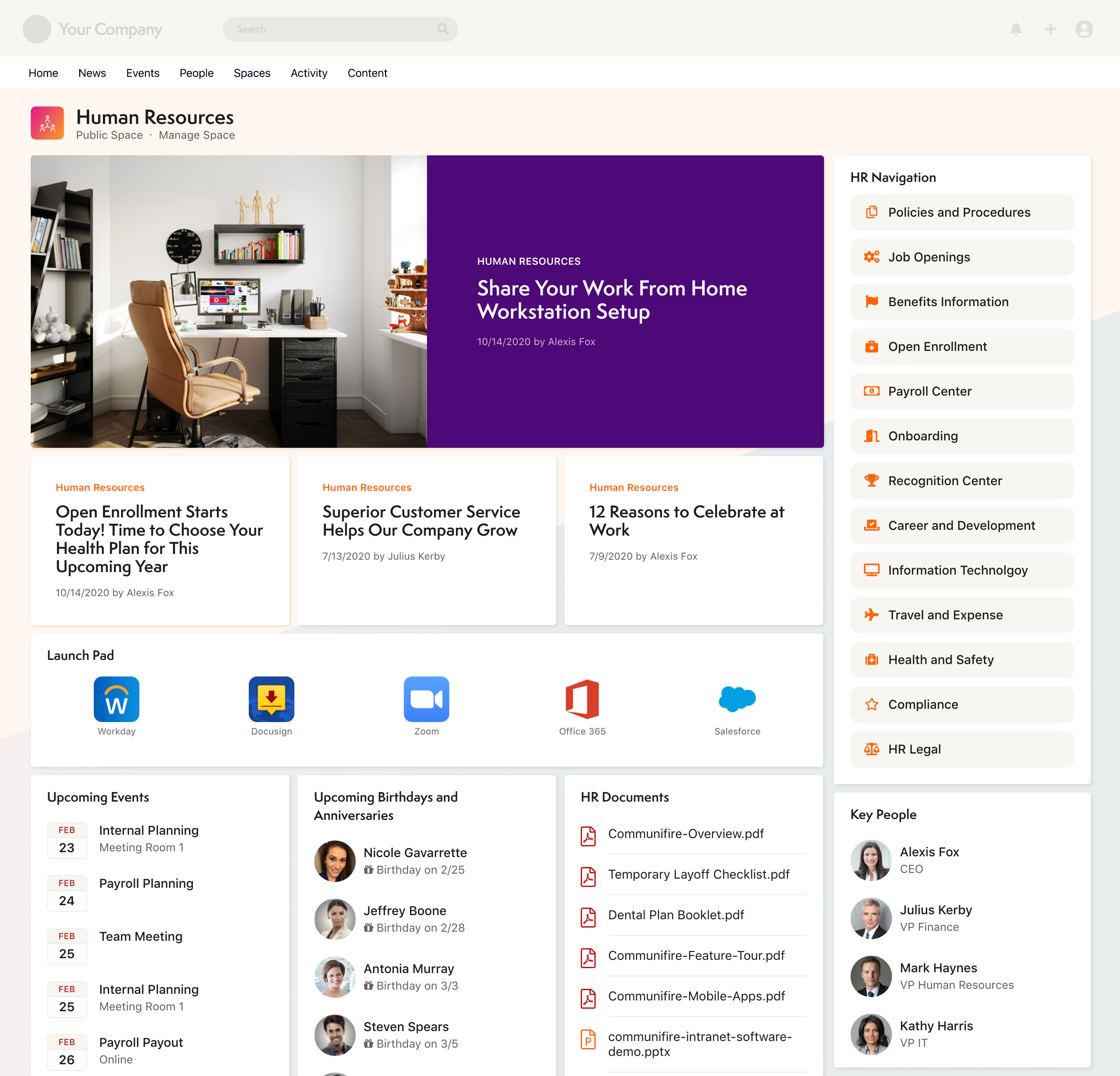
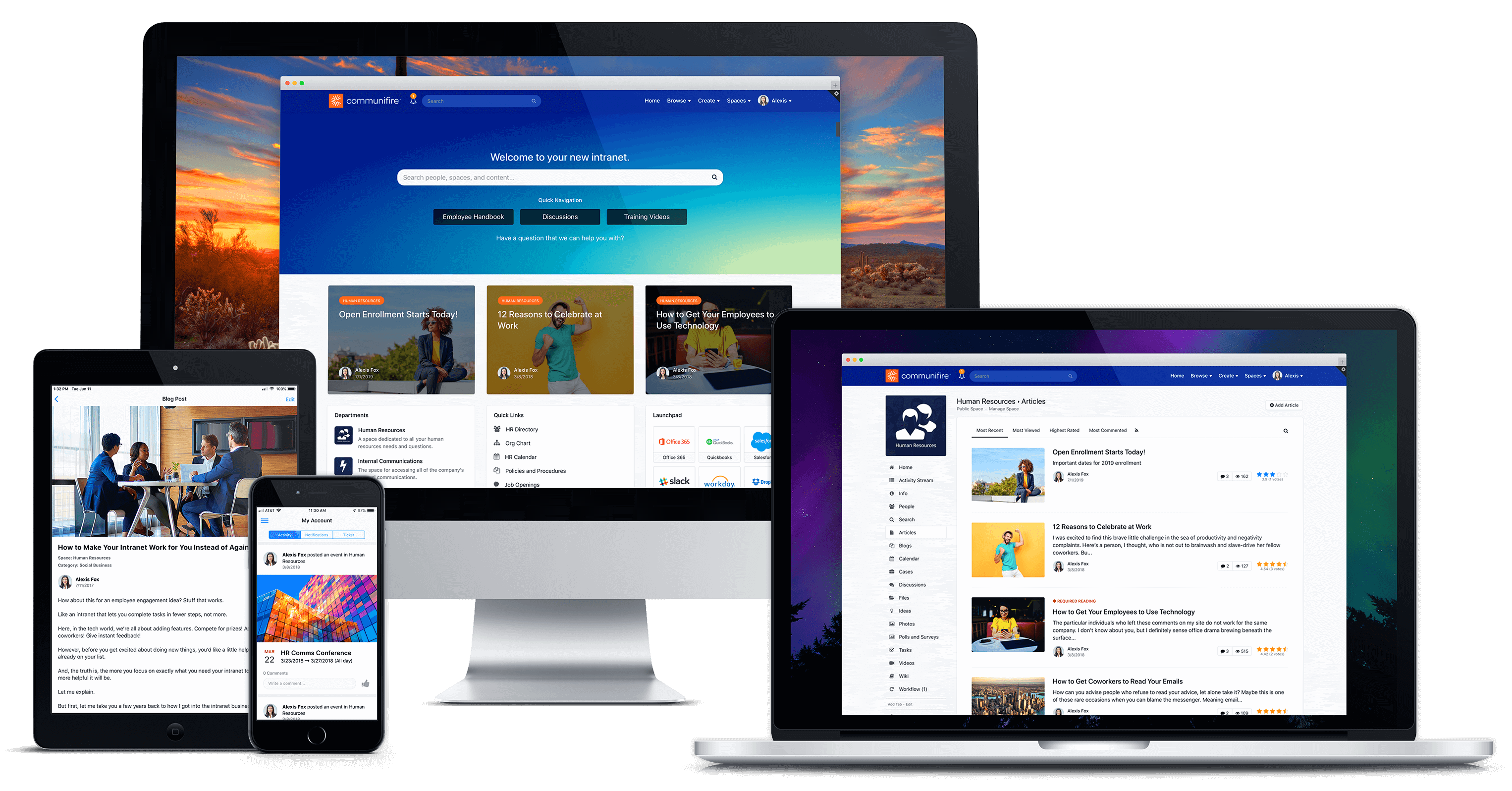


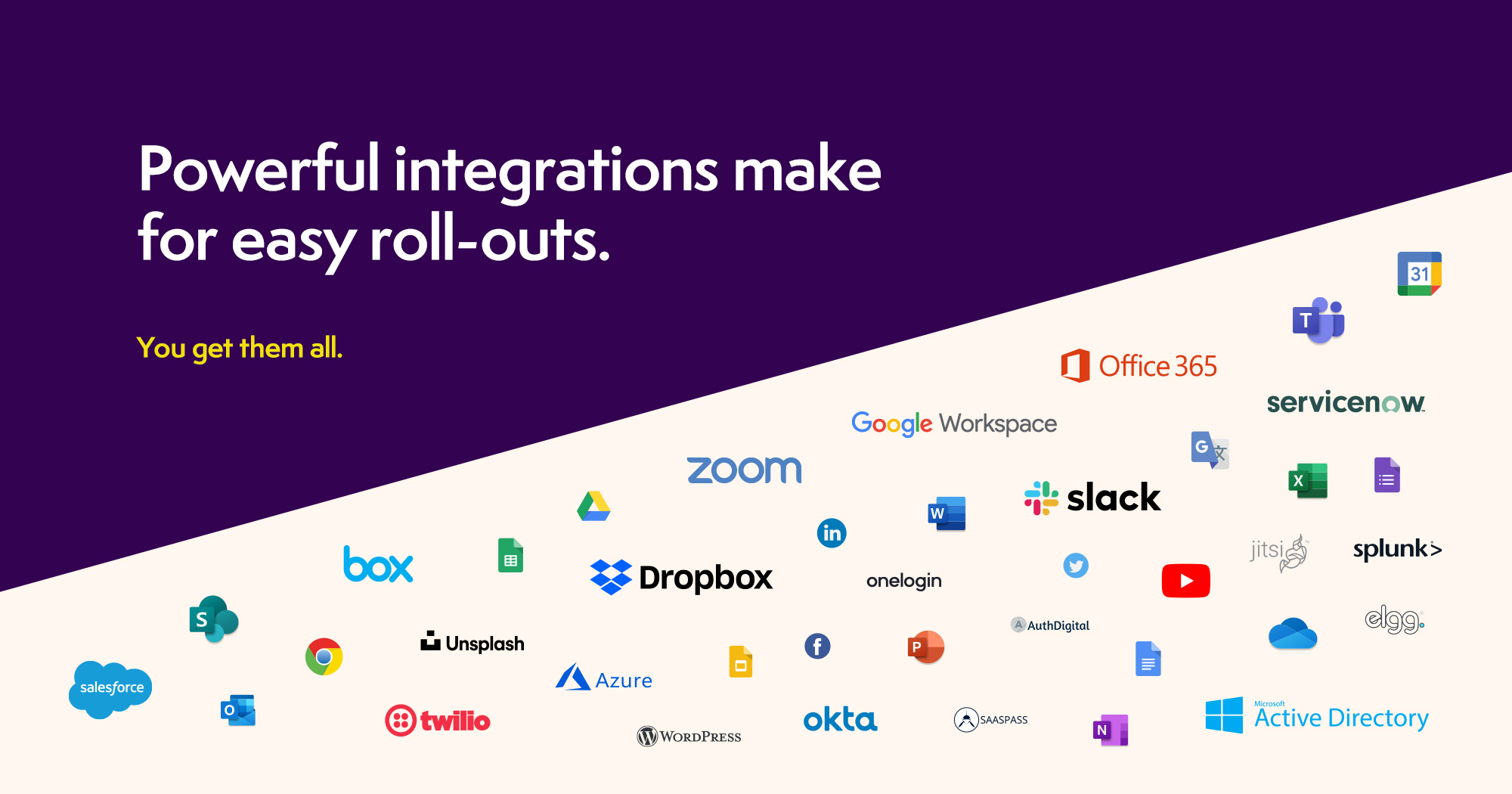
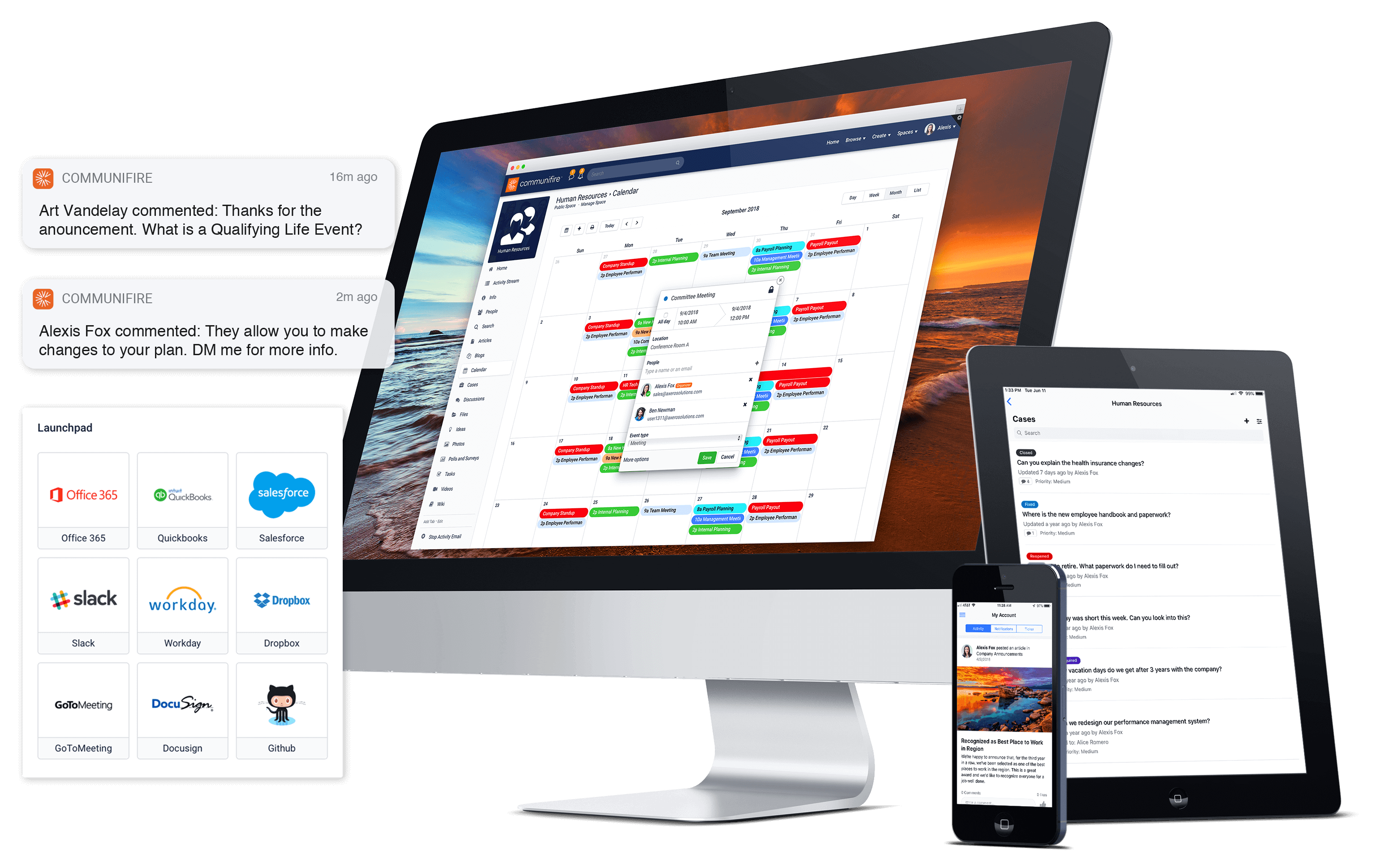




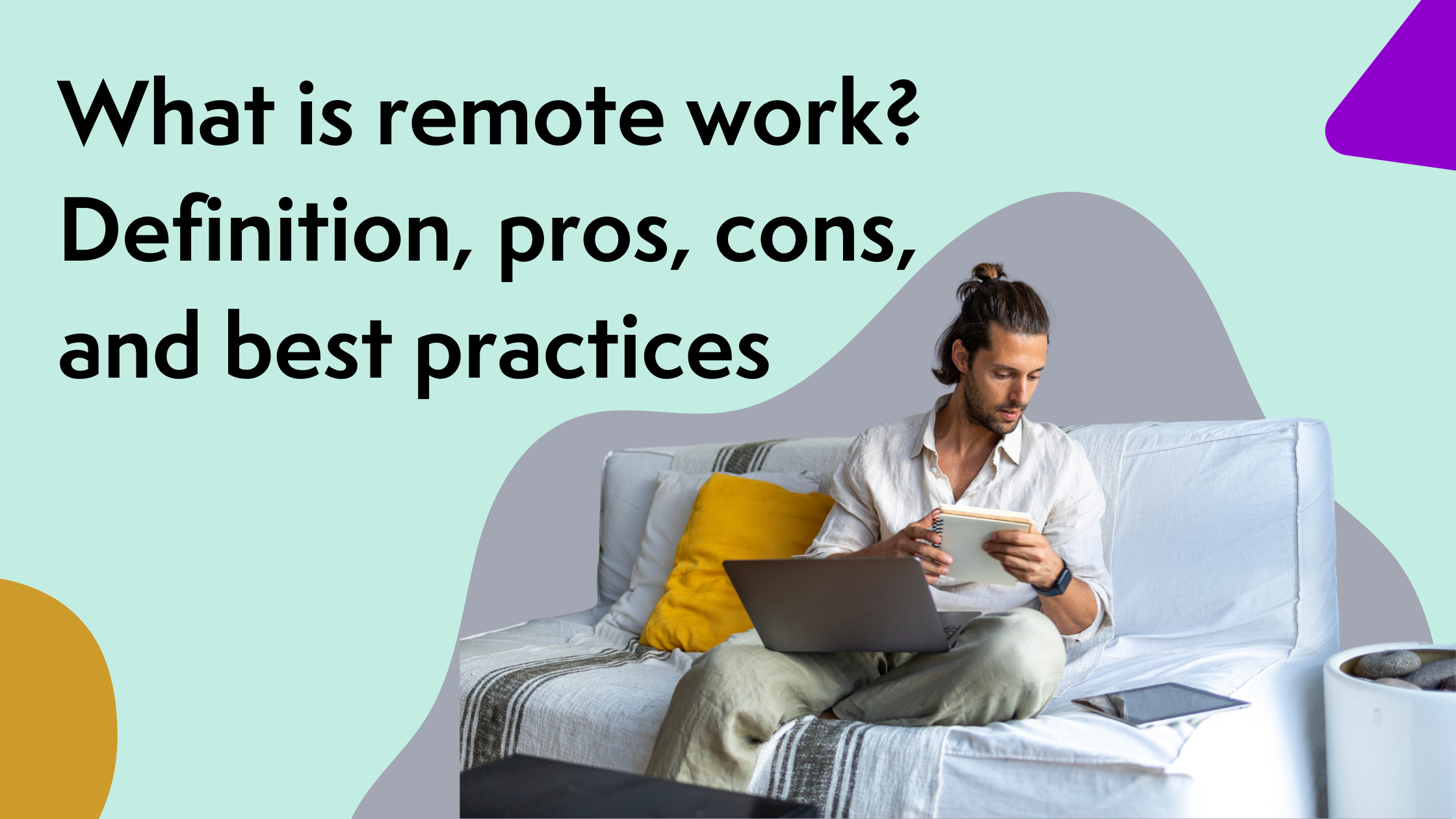








 info@axerosolutions.com
info@axerosolutions.com 1-855-AXERO-55
1-855-AXERO-55


